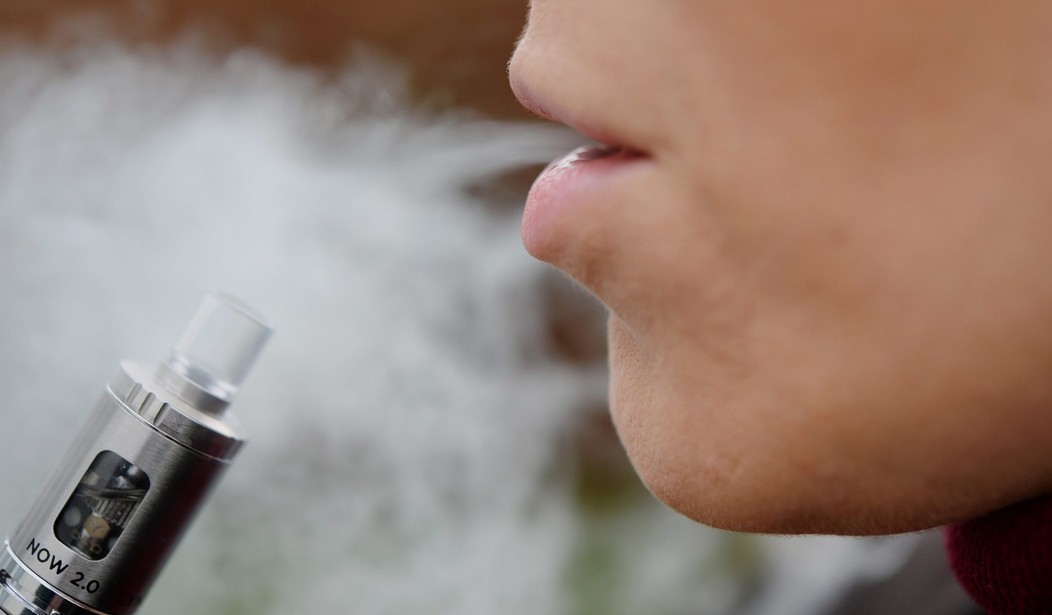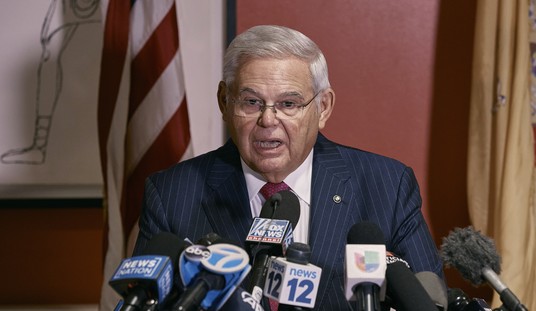WASHINGTON — E-cigarettes are driving a spike in the number of kids who are using tobacco products, the Centers for Disease Control and Prevention said today.
According to the new statistics, about 4.9 million middle and high school students currently use a tobacco product, up from 3.6 million users in 2017. That’s enough for the CDC to consider past progress on deterring youth smoking “erased.”
The use of tobacco products other than e-cigs remained steady, while young e-cig users jumped by 1.5 million and the number of kids saying they frequently used the devices — more than 20 days over the course of a month — jumped by 20 percent. E-cigarettes, which are more commonly used by boys and whites, outpace youth use of cigarettes, cigars, smokeless tobacco, hookah, and pipes.
In 2018, a quarter of high school students and one in 14 middle school students used a tobacco product.
“The skyrocketing growth of young people’s e-cigarette use over the past year threatens to erase progress made in reducing youth tobacco use. It’s putting a new generation at risk for nicotine addiction,” said CDC Director Robert R. Redfield, M.D. “Despite this troubling trend, we know what works and we must continue to use proven strategies to protect America’s youth from this preventable health risk. Youth use of any tobacco product, including e-cigarettes, is unsafe.”
FDA Commissioner Scott Gottlieb, M.D., added that the findings will be “forcing us to make some tough decisions about the regulatory status of e-cigarettes.”
“No child should be using any tobacco or nicotine-containing product and we’re committed to reversing this epidemic,” Gottlieb said. “We’ll continue to take a series of escalating regulatory actions to try to address the root causes of this spike in youth e-cigarette use, in particular by ensuring these products are sold in ways that make them less accessible and appealing to youth.”
In December, the CDC called for more comprehensive laws and policies against smoking as the number of people exposed to secondhand smoke has remained static for the past several years.
One in four non-smokers, or about 58 million Americans, are exposed to secondhand smoke, including two in five children. Additionally, “marked disparities persisted across population groups” including exposure suffered by half of non-smoking African-Americans, 48 percent of non-smokers living in poverty, and 38.6 percent of non-smokers living in rental housing.
Secondhand exposure declined in the U.S. with 87.5 percent of nonsmokers affected to 25.2 percent from 1988-2014, but the downward trend stopped in 2011 — as determined by testing serum cotinine, a marker of secondhand smoke found in the blood.









Join the conversation as a VIP Member